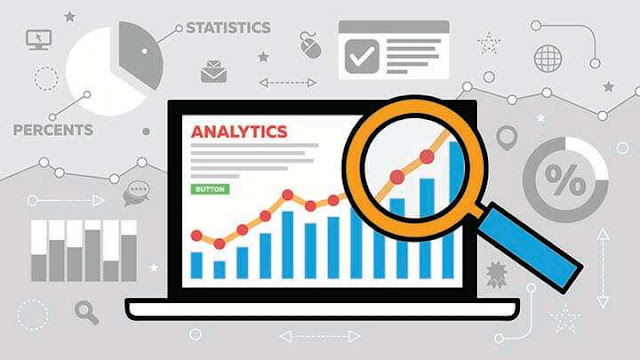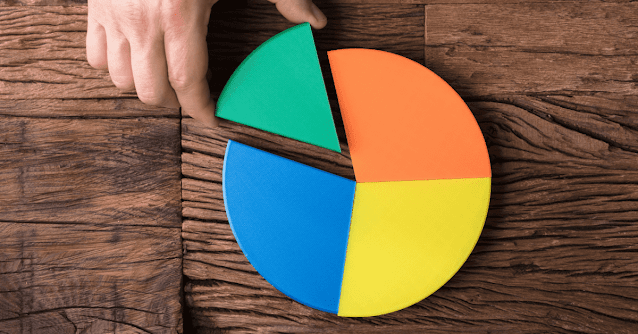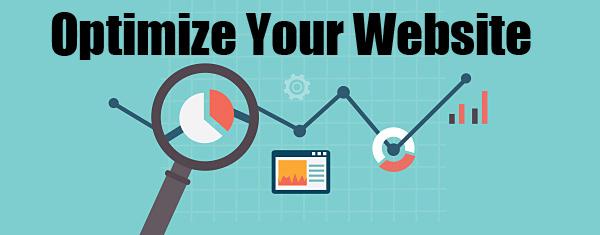In the modern business landscape, a strong digital
marketing strategy is essential for success. As consumers increasingly turn to
digital channels to research, compare, and purchase products and services, it's
essential that businesses have a comprehensive plan in place to reach and
engage these customers effectively.
A digital marketing strategy plan outlines the
steps and tactics you'll take to achieve your marketing goals and build a
strong online presence. In this article, we'll walk you through the process of
structuring a digital marketing plan and provide tips for making the most of
your efforts.
Step 1: Define Your
Objectives and Target Audience
The first step in developing a digital marketing strategy plan is to determine your marketing objectives. This might
include increasing brand awareness, driving traffic to your website, boosting
sales, or improving customer engagement. Once you've identified your goals,
it's important to understand your target audience and what motivates them.
Consider factors like demographics, location, interests,
and purchasing behavior to gain a better understanding of your target audience.
This information will help you determine the most effective channels and
tactics to reach and engage your audience.
Step 2: Conduct a Competitive Analysis
Next, it's important to understand your competition and
what they're doing in the digital space. Conduct a competitive analysis to
evaluate the strengths and weaknesses of your competitors and identify any
opportunities to differentiate yourself from the competition. Consider factors
like:
- Website design
and content
- Online reviews
and customer feedback
- Paid
advertising campaigns
Step 3: Determine Your Budget and Allocate Resources
Once you have a clear understanding of your objectives and
target audience, it's time to determine your budget and allocate resources.
Consider factors like the cost of creating and distributing content, paid
advertising campaigns, and staffing needs to determine how much money you need
to allocate to your digital marketing efforts.
It's also important to allocate resources in a way that
aligns with your goals. For example, if your primary goal is to increase brand
awareness, you might prioritize social media and content marketing over paid
advertising campaigns.
Step 4: Choose Your Channels and Tactics
Based on your goals, target audience, and budget, it's time
to choose your channels and tactics. Some common digital marketing channels
include:
- Social media
(e.g. Facebook, Twitter, Instagram, etc.)
- Content
marketing (e.g. blog posts, infographics, videos, etc.)
- Paid
advertising (e.g. Google AdWords, Facebook Ads, etc.)
- Search engine
optimization (SEO)
It's important to choose channels and tactics that will
allow you to reach your target audience effectively. For example, if your
target audience is primarily active on social media, it makes sense to
prioritize social media marketing. On the other hand, if your target audience
is more likely to engage with long-form content, you might focus on creating
and distributing in-depth blog posts and articles.
Step 5: Develop a Content Marketing Plan
Content marketing is a crucial component of any
digital marketing strategy. This approach focuses on creating and distributing valuable, relevant, and consistent content to attract and retain a clearly defined audience and ultimately drive profitable customer action.
Develop a content marketing plan that outlines the types of content you'll create, how often you'll publish, and who will be responsible for creating and distributing your content. Make sure that your content aligns with your goals and resonates with your target audience.
Step 6: Optimize Your Website
Contact for your target audience and is a critical
component of your digital marketing strategy. Optimize your website to ensure
it provides a positive user experience and effectively supports your marketing
goals. Consider the following when optimizing your website:
- Mobile
optimization: Make sure your website is optimized for mobile devices and
provides a seamless user experience for mobile users.
- Search engine
optimization (SEO): Implement best practices for SEO, such as keyword
optimization, meta descriptions, and header tags, to improve your
website's search engine ranking and visibility.
- User experience
(UX): Focus on creating a user-friendly website that is easy to navigate
and provides a positive user experience.
- Content: Ensure
that your website's content is relevant, engaging, and consistent with
your overall marketing strategy.
Step 7: Launch and Monitor Your Campaigns
Once you've developed your digital marketing plan and
optimized your website, it's time to launch your campaigns and start reaching
and engaging your target audience. Continuously monitor and evaluate your
efforts to ensure they're aligned with your goals and effectively reaching and
engaging your target audience.
Use analytics tools to track your website traffic, social
media engagement, and conversion rates, and make adjustments as needed to
improve the performance of your campaigns.
Step 8: Refine and Optimize Your Strategy
Finally, it's important to regularly refine and optimize
your digital marketing strategy based on your results. Continuously evaluate
your campaigns and make adjustments to ensure you're getting the most out of
your efforts. Test new tactics, channels, and content formats to keep your
strategy fresh and engaging for your target audience.
Conclusion
A digital marketing strategy plan is a critical
component of a successful digital marketing effort. By defining your
objectives, understanding your target audience, and choosing the right channels
and tactics, you can build a strong online presence and drive results for your
business. Continuously monitor and refine your strategy to ensure you're
getting the most out of your efforts and achieving your goals. Develop a content marketing plan that outlines the types of
content you'll create, how often you'll publish, and who will be responsible
for creating and distributing your content. Make sure that your content aligns
with your goals and resonates with your target audience.










1 Comments